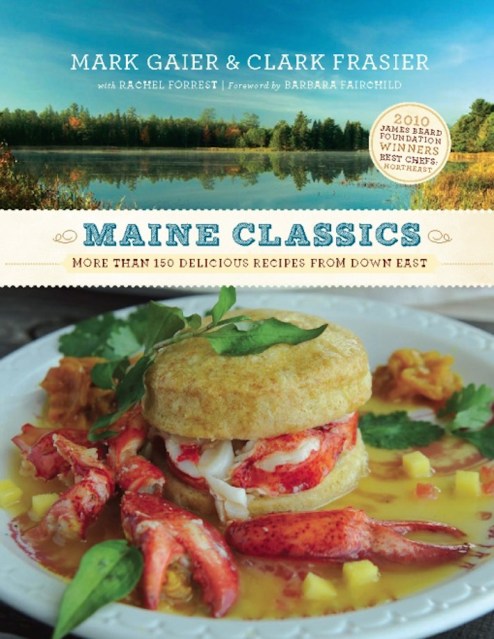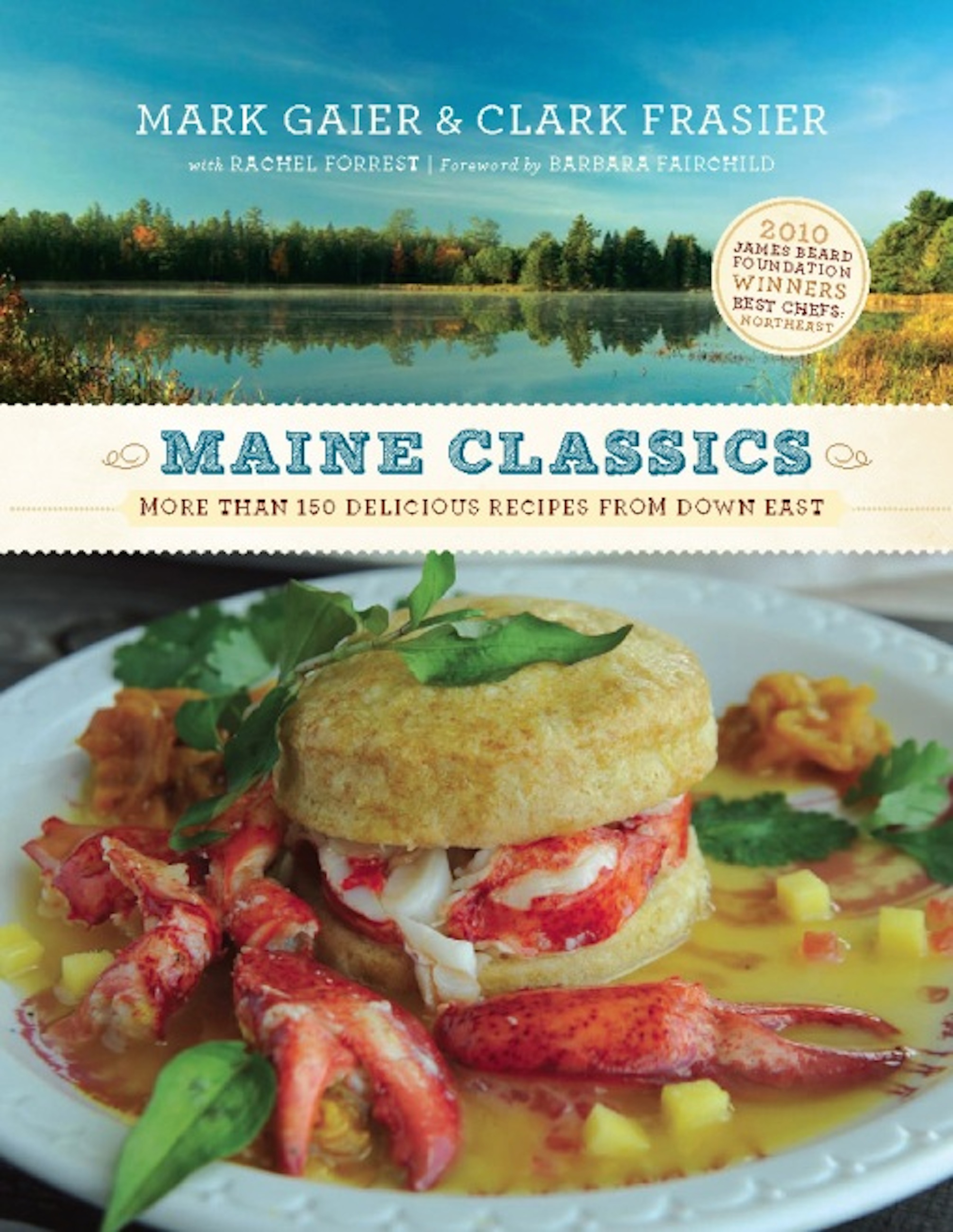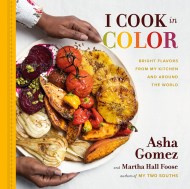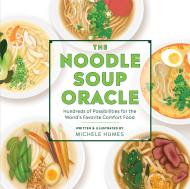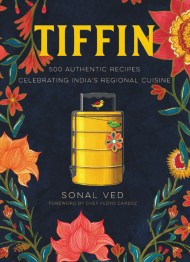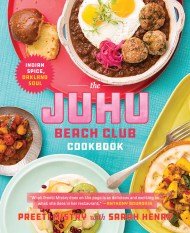Promotion
Use code BEST25 for 25% off storewide. Make sure to order by 11:59am, 12/12 for holiday delivery!
By clicking “Accept,” you agree to the use of cookies and similar technologies on your device as set forth in our Cookie Policy and our Privacy Policy. Please note that certain cookies are essential for this website to function properly and do not require user consent to be deployed.
Maine Classics
More than 150 Delicious Recipes from Down East
Contributors
By Mark Gaier
By Clark Frasier
Foreword by Barbara Fairchild
With Rachel Forrest
Formats and Prices
- On Sale
- Apr 26, 2011
- Page Count
- 320 pages
- Publisher
- Running Press
- ISBN-13
- 9780762442287
Price
$20.99Price
$26.99 CADFormat
Format:
ebook $20.99 $26.99 CADThis item is a preorder. Your payment method will be charged immediately, and the product is expected to ship on or around April 26, 2011. This date is subject to change due to shipping delays beyond our control.
Buy from Other Retailers:
More than 150 simple, straightforward dishes are organized by the shore, the sea, the forest, the farm, the garden, the dairy, and the bakery. Celebrate Maine’s bounty with recipes such as Ham with Fried Apples, Corn Fritters with Maple Syrup, Classic Lobster Rolls, and Pickled Fiddlehead Ferns. Stories of farmers, lobstermen, cheesemakers, and old-school bakers “infuse our cooking and inspire us to explore our own culinary legacies,” say award-winning authors Mark and Clark. Chock-full of full-color photographs, this cookbook is definitely a Maine classic.
Newsletter Signup
By clicking ‘Sign Up,’ I acknowledge that I have read and agree to Hachette Book Group’s Privacy Policy and Terms of Use
